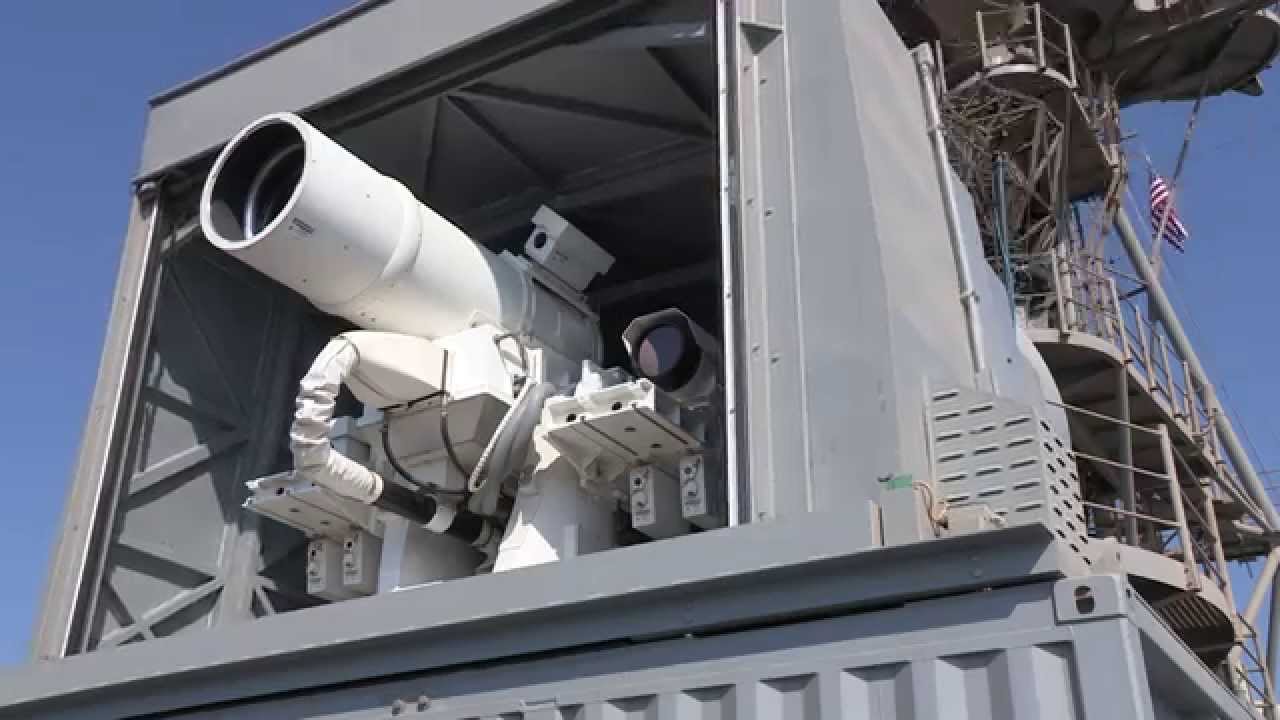The video featured in this post is by the US Navy. It shows US Navy carrying out an operational demo of a Laser Weapon System (LaWS) that is ship-based in the Persian Gulf. The system features a 30-kilowatt prototype system that has been mounted on the USS Ponce transport ship.

The operational demo is to assess the working of LaWS at sea during battle. The US military has already been experimenting with chemical lasers such as the Air Force’s canceled Airborne Laser. However, those lasers proved to be quite impractical and expensive.
The new lasers such as the Laser Weapon System (LaWS) are smaller and require electricity. What sets them truly apart is the cost of shot; it costs $1 per shot! However, the only problem was garnering enough power for destroying a target.

LaWS system fixed this problem by combining six commercial welding lasers and converging their beams onto a single target. The video’s description reads, ‘LaWS can be directed onto targets from the radar track obtained from a MK 15 Phalanx Close-In Weapon system or other targeting sources.’
It has also been revealed recently that the US Navy is looking for $300 million for the sake of researching into a family of laser weapons that will be used for the fleet. We are excited to learn more about what kind of laser systems the US Navy is working on.

However, don’t let our excitement keep you from checking out the video released by the US Navy about the operational demo of LaWS system. Check it out below and do let us know what you think of this amazing laser system!



This is terrifying! I’m so glad we have developed this. I feel safer. Science fiction has become reality! More research and development should continue. This will save lives.